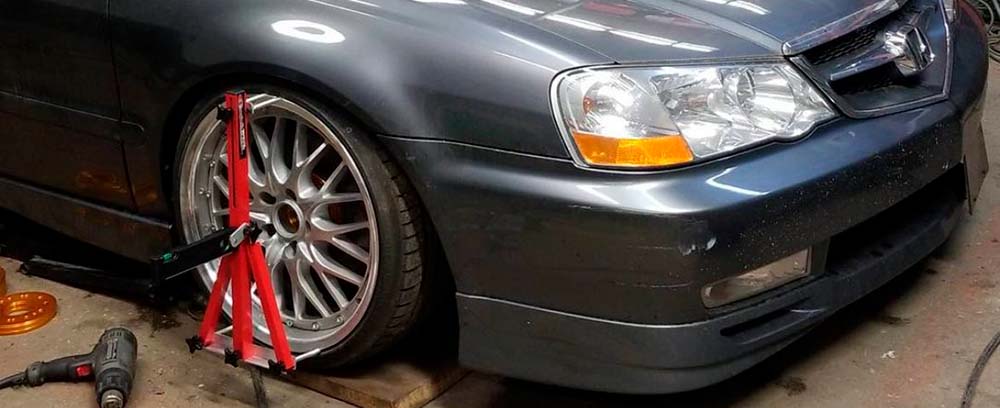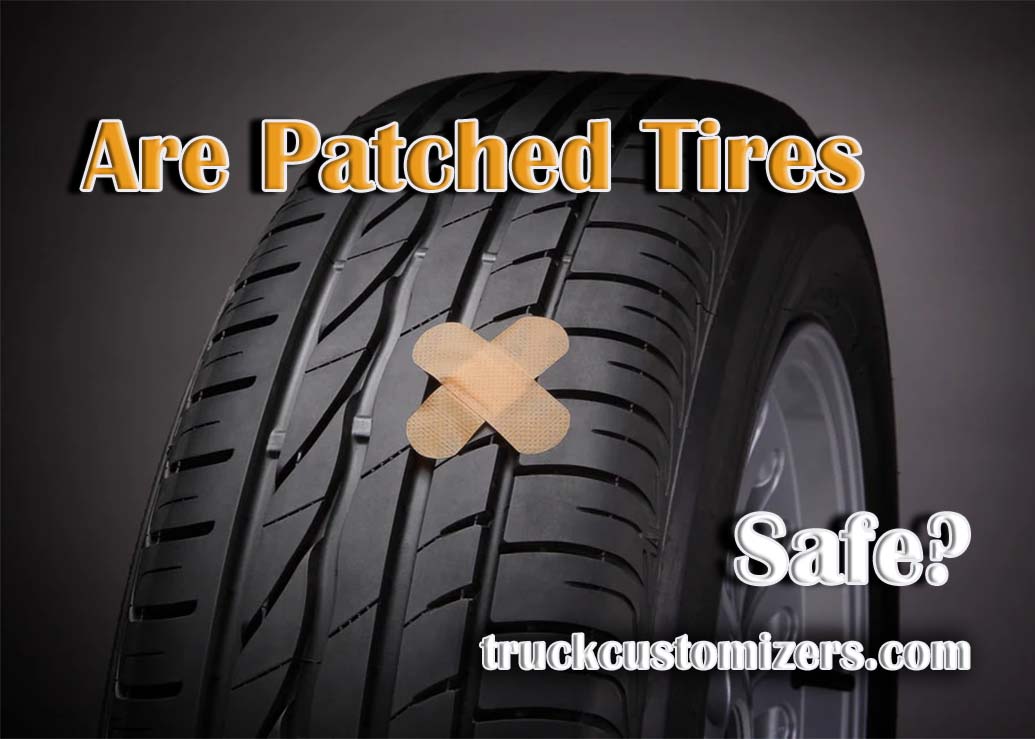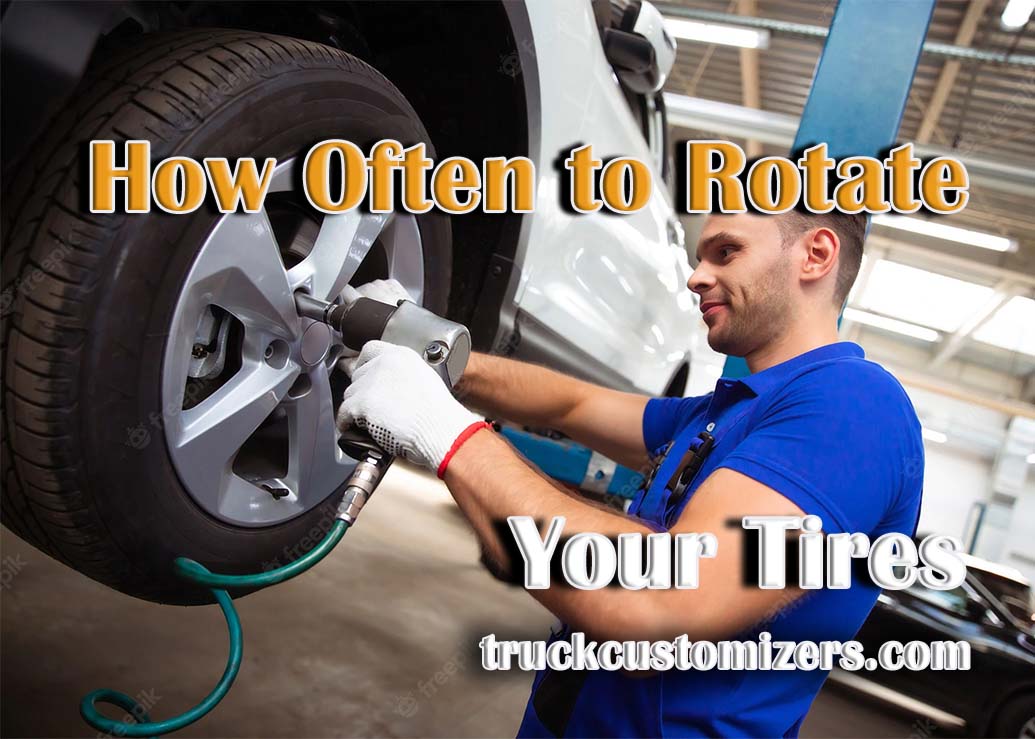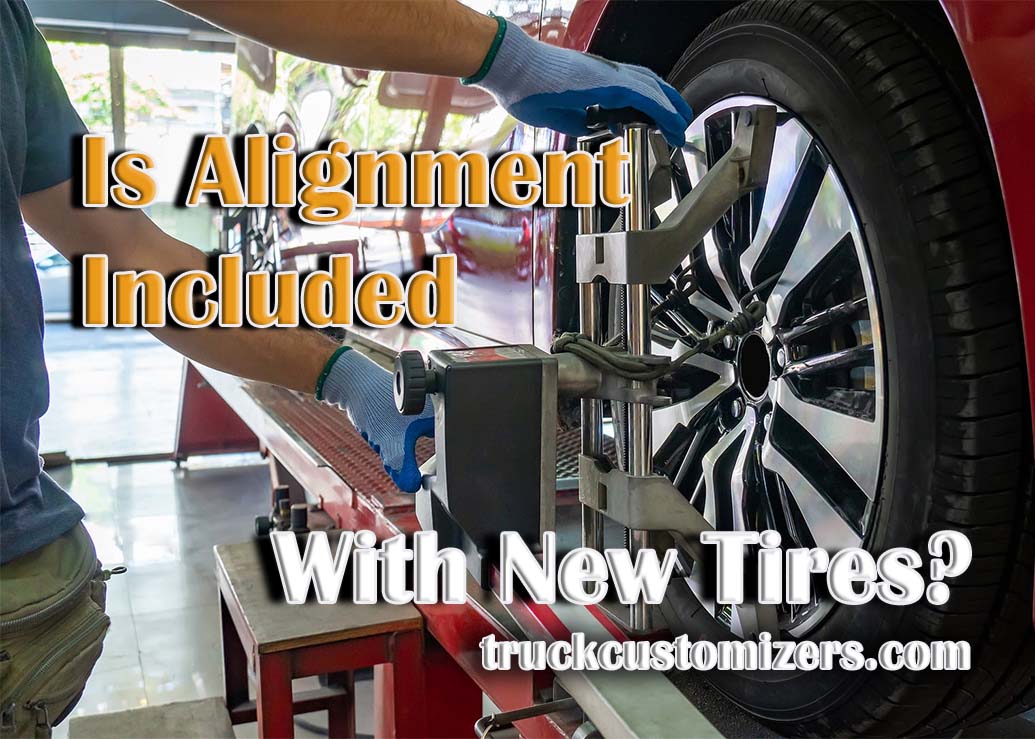Vehicle suspension geometry directly impacts handling performance, tire wear patterns, and drivability. However, adjusting critical alignment aspects like camber proves difficult without quantitative values from testing equipment. While alignment shops have advanced measurement machines, DIYers can still accurately gauge camber at home through purpose-built camber gauges and clever calculations.
Understanding proper camber settings also facilitates deciding on alignment adjustments or suspension modifications needed to correct issues like uneven tire tread depth or steering biases toward a side. Equipping your garage with a quality camber tool and learning to interpret the readings empowers you to experiment with various alignments for track days or lifted installs. Get precise readings to better visualize suspension characteristics before adjusting critical parameters.
Tools Required for Camber Measurement
When moving to the measuring camber, it’s essential to be equipped with the right set of tools. The cornerstone of this process is a reliable camber gauge, a specialized device designed to precisely measure the wheel’s tilt. For a more technologically advanced approach, digital protractors offer an electronic means of acquiring measurements with enhanced accuracy. In the modern age, smartphone applications have also emerged as a convenient alternative, utilizing built-in sensors to provide camber readings. Each tool varies in complexity and precision, catering to different levels of expertise and requirements, thereby enabling both professionals and enthusiasts to perform accurate camber assessments.
Step-by-Step Guide to Measuring Camber

To accurately gauge camber, a critical angle in wheel alignment, follow these methodical steps:
- Park your vehicle on a level surface to ensure authentic readings.
- Select a suitable measuring instrument, such as a specialized camber gauge, an electronic angle finder, or a calibrated smartphone application tailored for this purpose. Before proceeding, make sure to calibrate your chosen tool according to its specific instructions.
- Carefully mount the tool onto the wheel, aligning it precisely with the wheel’s vertical axis.
- Once set up, observe the camber measurement displayed. This reading reflects the angle at which the wheel tilts either towards or away from the vehicle’s chassis.
- Record this measurement for each wheel and compare these values against the recommended camber specifications for your vehicle.
- Note any discrepancies, as these may necessitate professional adjustment.
By adhering to this systematic approach, you can maintain optimal wheel alignment, ensuring enhanced vehicle performance and tire longevity. Also read here if you’re interested Is Alignment Included With New Tires.
Interpreting Camber Measurements
Understanding camber measurements is vital for proper wheel alignment. These readings, typically in degrees, indicate the tilt of the wheels. Positive camber (wheels tilting outward at the top) can lead to outer tire wear and is often used in heavy vehicles for easier steering. Negative camber (wheels tilting inward at the top) aids in cornering for performance cars but can cause inner tire wear. Zero camber, where the wheels are perfectly vertical, offers a balance between wear and handling. It’s important to compare your measurements with the manufacturer’s recommended settings to assess whether an adjustment is needed. Regular monitoring is crucial, especially after events like hitting potholes, which can alter alignment.
Troubleshooting Common Issues
Addressing challenges in camber measurement is crucial for accurate alignment. Common issues often include inconsistent readings or difficulties in tool alignment. If encountering varying measurements, first reaffirm that the vehicle is on a perfectly level surface, as even minor slopes can skew results. Re-examine the calibration of your measuring device, ensuring it’s set up correctly according to the manufacturer’s guidelines.
It’s also essential to check that the wheel and suspension are not under strain or blocked by any objects, as this can affect the accuracy of your readings. Different vehicle models may have unique requirements for camber measurement, so familiarizing yourself with your specific vehicle’s alignment characteristics can be beneficial. If persistent problems occur, consulting a professional may be advisable to ensure precise adjustments and maintain vehicle performance and safety.
Conclusion
Mastering the measurement of camber is an essential skill for maintaining the health and performance of your vehicle. Whether you are a DIY enthusiast or a professional, having the knowledge and tools to accurately measure and interpret camber will save you time and money in the long run. Regular checks and adjustments will not only extend tire life but also ensure your vehicle drives safely and efficiently. Embrace this guide as a starting point for your journey in vehicle maintenance and enjoy the improved performance and safety that come with a well-aligned vehicle.



